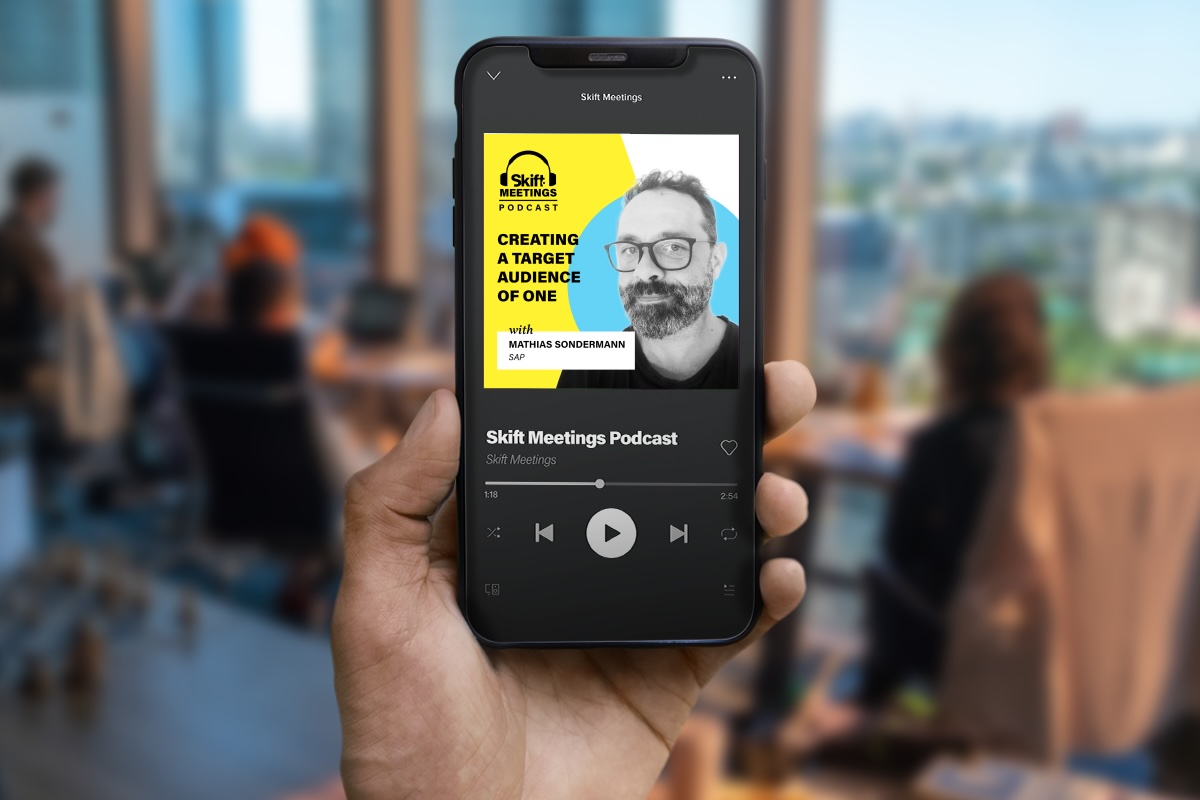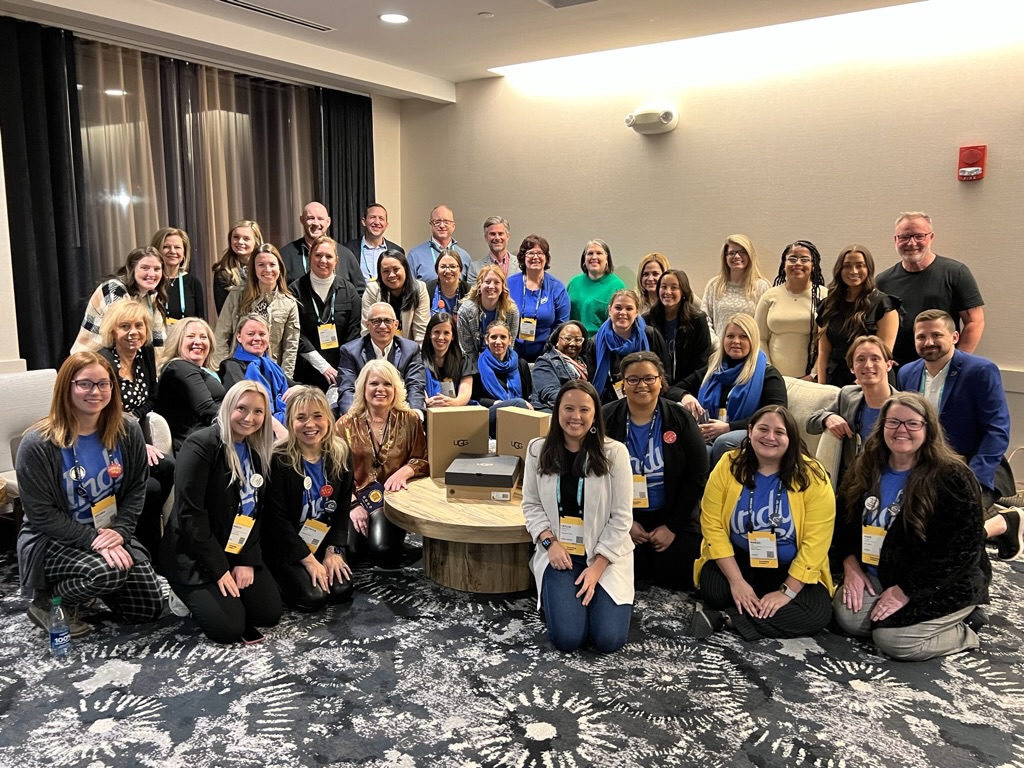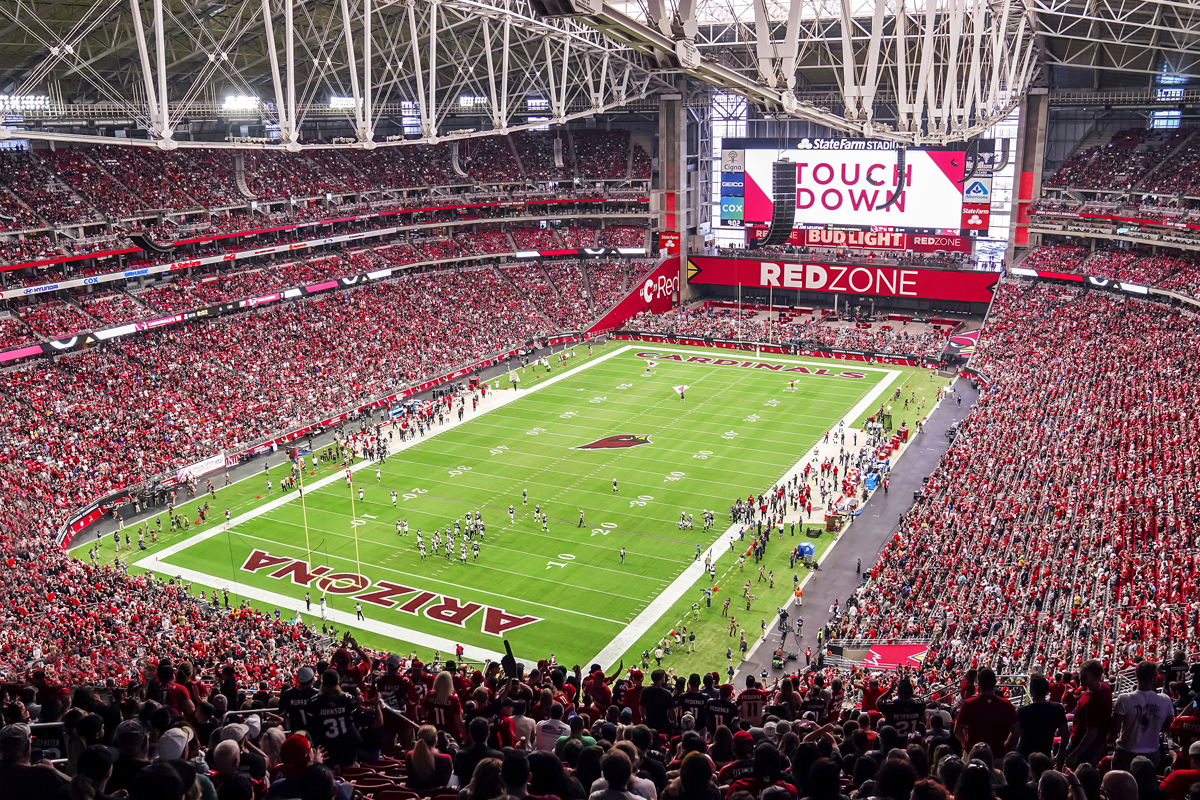Skift Take
Data, paired with insights, is at the core of successful event marketing decisions and is more critical than ever. It helps meeting professionals design events that appeal to the audience they are hoping to attract.
The session, “Data Driven Event Marketing Insights,” with Brittney Hegarty, director of data integration and reporting at Vivastream, an event data analytics platform that transforms disparate data into insights, and Nicola Kastner, founder of The Event Strategist, was set for 30 attendees at this year’s IMEX America — 85 showed up.
“This just reinforced the industry’s hunger for data that leads to insights,” said Kastner, who approached Vivastream with the idea of conducting this research. “I was just so frustrated by the lack of insights, which propelled me to approach them.”
Vivastream aggregated the data for the study from more than 100 enterprise events from 2017 through the spring of 2023.
Registration Trends Are Unchanged
“Data is fine, but it’s the insights from the data that are most important,” said Kastner.
One of the focuses of the research is registration trends. Although there has been much talk about registration taking place much later than pre-Covid, data shows this is not the case.
Registration did open about six weeks earlier pre-Covid. The average then was 19 weeks. But at week ten, the numbers have caught up. Three weeks before the event is when 29% of all registrations come in.
“It’s important to look at your patterns and industry patterns as well. I have clients who will worry they are late with registration. With insights like these, I can compare them to where the industry is to see if they have a reason to be concerned,” said Kastner.
Roadshows Deliver
Flagship events, which refers to annual events, are attracting less senior audiences than pre-Covid. According to the data, 41% of the pre-Covid audience were decision-makers consisting of C-level executives, vice presidents, and directors, but that has dropped to 34%. Today, buying teams are more involved in all purchases. Even though audiences have less seniority post-Covid, flagship events are still the best way to reach an organization’s most senior customers, said Kastner.
Prospects were a big part of the research as well. Roadshows are the most effective event format to reach prospects. The fact that these events occur in multiple locations to reach audiences where they are helps. “So if that is the audience that you want to reach, you need to take the event to them,” said Kastner. “You have to fish where the fish are, so to speak, versus expecting the fish to swim to you.”
In addition, roadshow prospects have the highest conversion rate to becoming attendees. The rate is 54% of those who register will attend if they sign up more than seven weeks prior.
Attendance Patterns for Virtual Events Are Different
The data shows that only 17% of attendees register for virtual events more than seven weeks before. Three weeks out is when 51% of registrations come in.
Will there be a virtual component to your in-person gathering? Don’t open registration at the same time, said Kastner. Best to stagger.
“Open your in-person registration and communicate the fact that virtual registration will be opening at a later date. Ask for their name and contact to be alerted as to when. You’re capturing their interest and encouraging them to register closer to the event, which will increase their chance of showing up,” said Kastner.
For a copy of this report, click here.
Skift Meetings created its own report on event data in partnership with Webex Events that can be downloaded here.
Photo credit: GR Stocks / Unsplash





